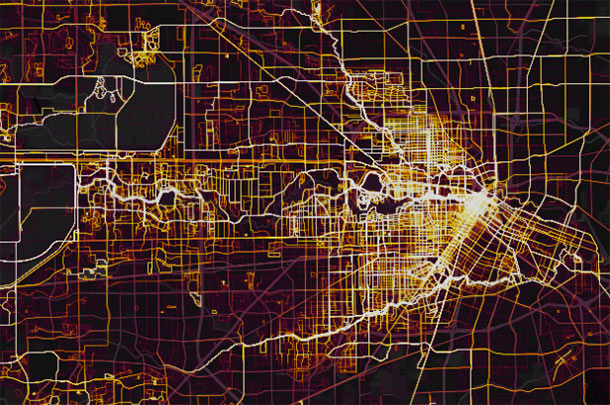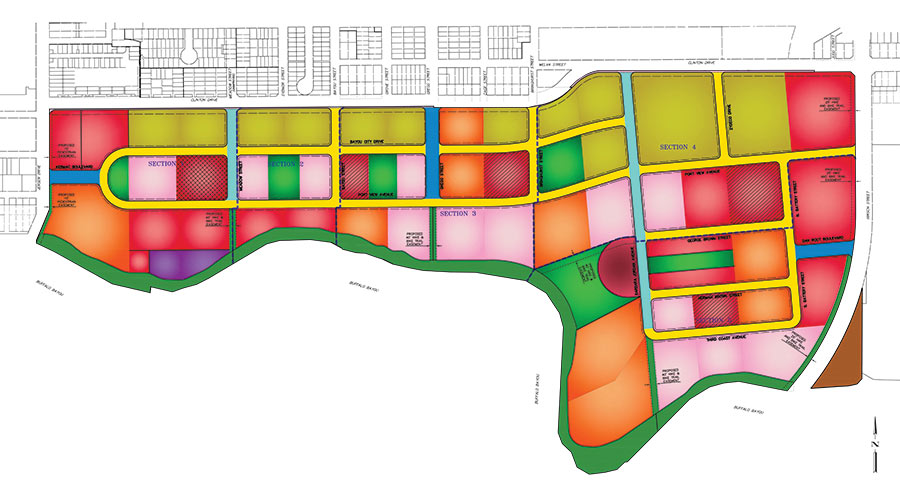
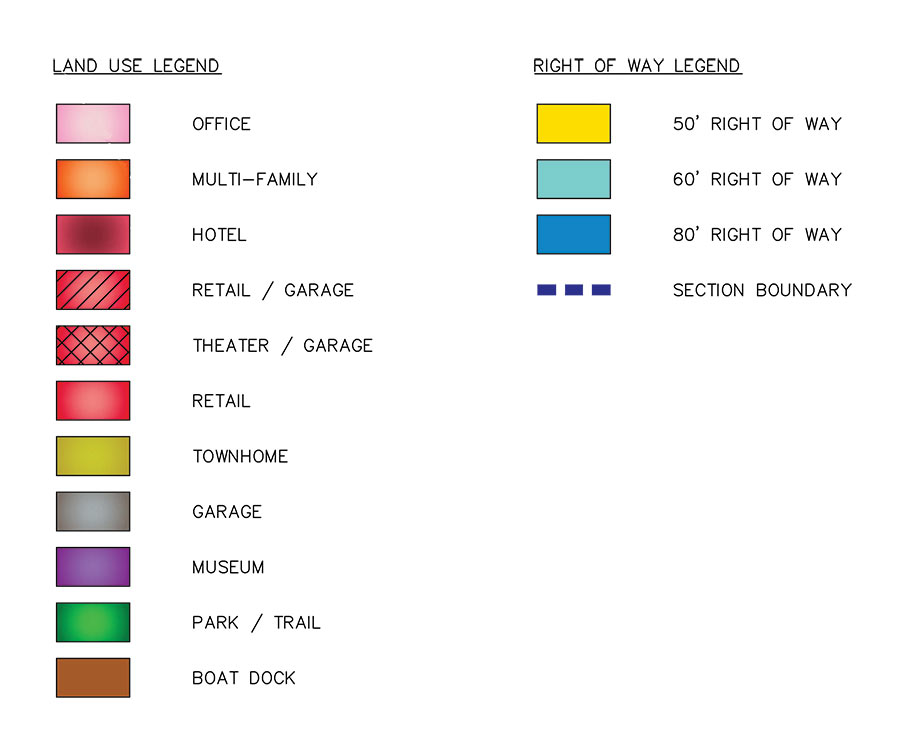
The map above — taken from this week’s city planning agenda — provides a candy-colored indication of how Midway plans to divvy up the 136-acre former KBR site along Buffalo Bayou, east of downtown, that it’s redeveloping into an office, retail, and residential neighborhood dubbed East River. Among the more colorful land uses revealed for the site: a park-fronting hotel slated for the semi-circular red parcel to the east, as well as a nameless museum — shown in grape — that’s planned along Buffalo Bayou near the neighborhood’s western edge.
Sprinkled along the water is an extension of the existing trail that runs along Buffalo Bayou’s north bank. It would traverse the entire development, from its western edge to the boat dock planned at its eastern boundary. Along the way, “Pedestrian bridges are being discussed with Buffalo Bayou Partnership to connect the two sides of the bayou,” according to the plans Midway submitted to the city.
Those 7 consecutive yellow blocks at the north end of the site along Clinton St. represent the citadel of townhomes that’ll look out onto the surrounding Fifth Ward. It’s bookended by 3 blocks of retail to the east along Hirsch Rd. and one to the west on Jensen Dr.
As heralded by the sign — pictured below — now hanging the site’s construction fencing, Houston’s city planning commission will take up the special exemption request that Midway submitted for the development later this week:
CONTINUE READING THIS STORY
Sweet Deal
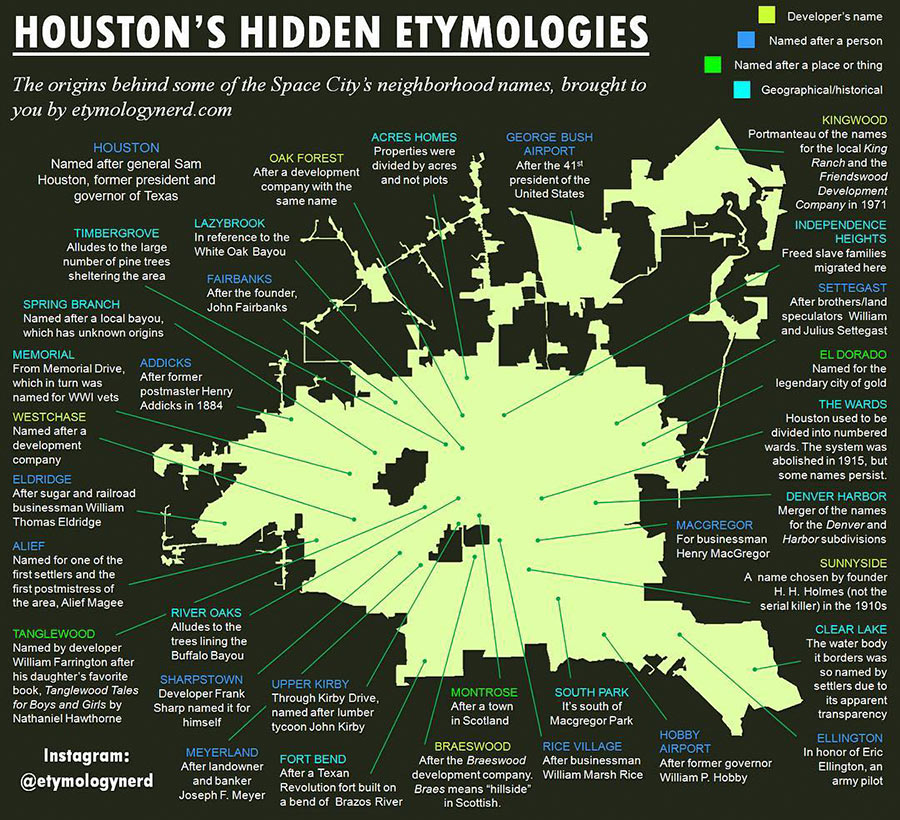


 “Play around with the zoom level on the
“Play around with the zoom level on the  Note: This story has been updated to indicate that METRO also has a real-time bus mapping app.
Note: This story has been updated to indicate that METRO also has a real-time bus mapping app.
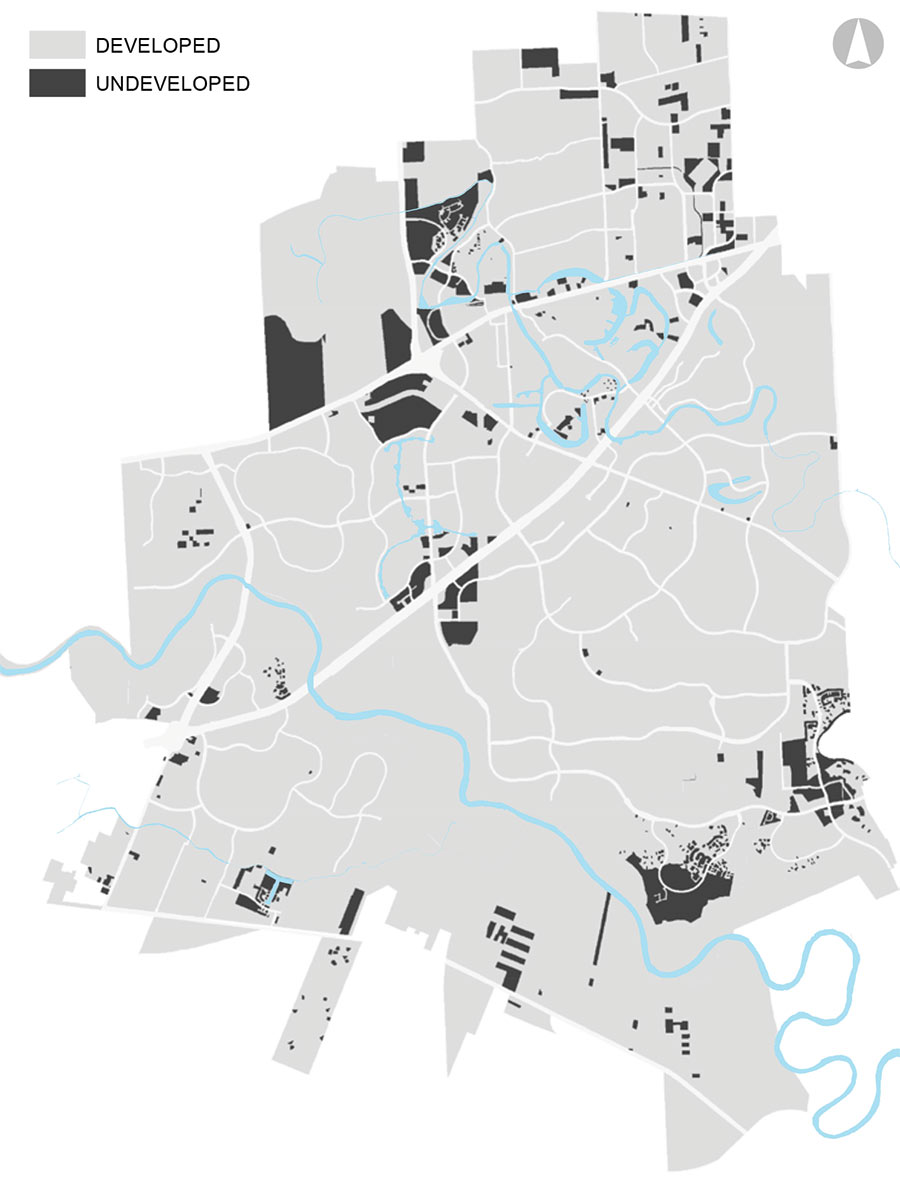
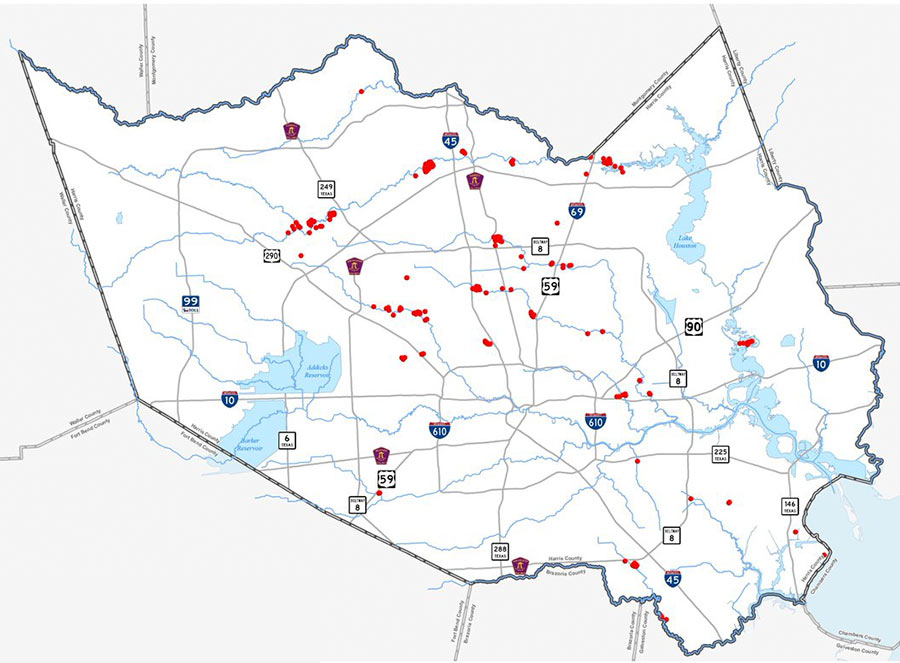
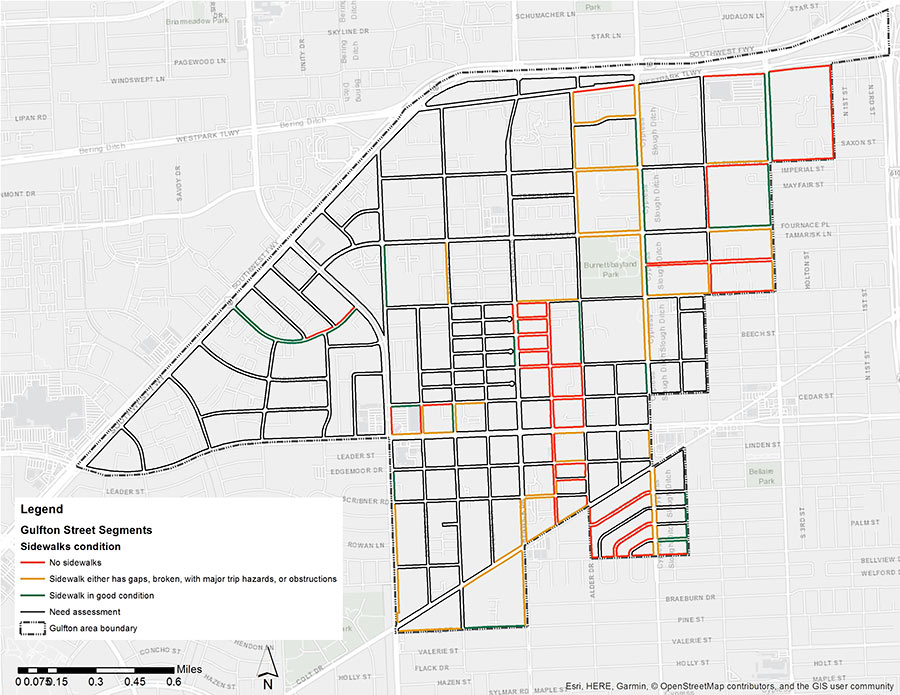
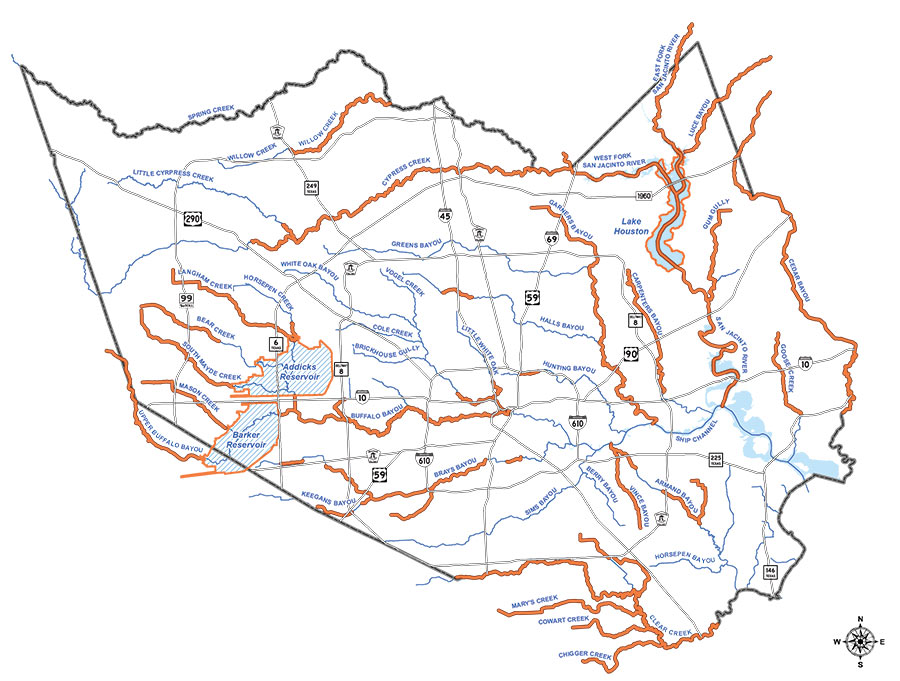
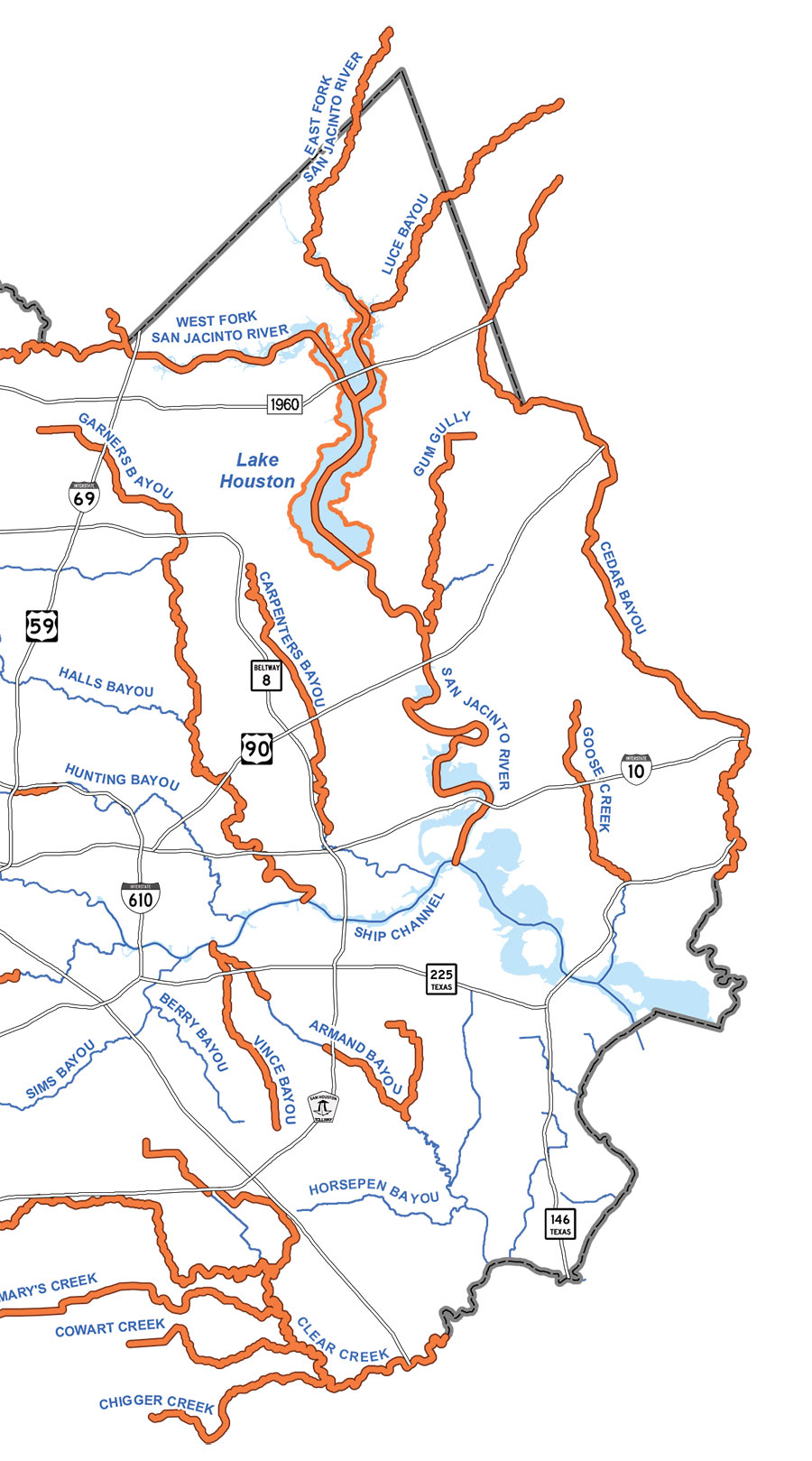


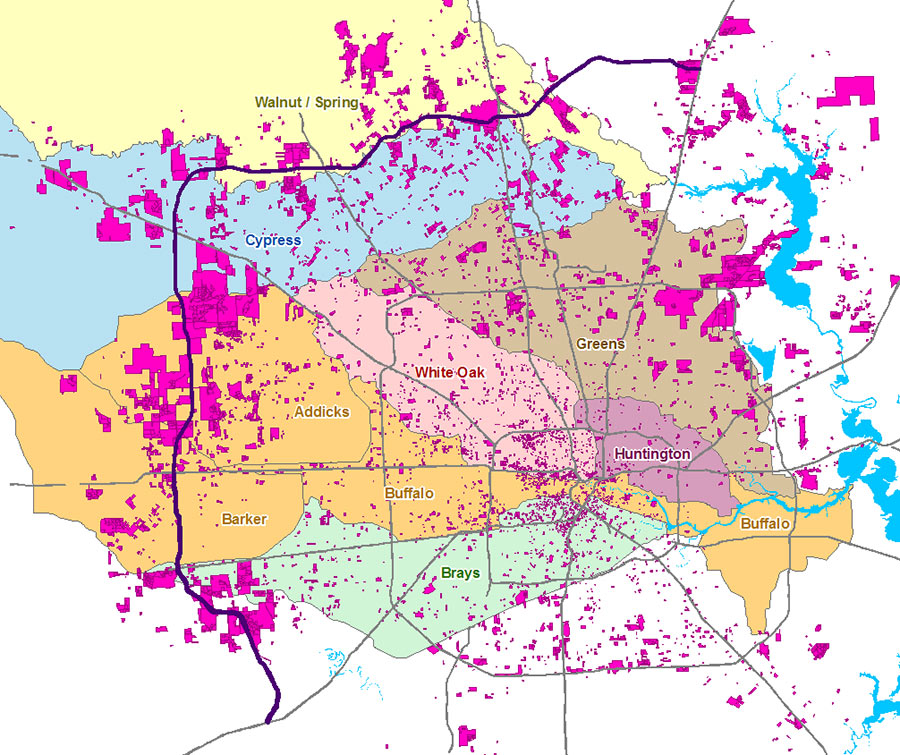
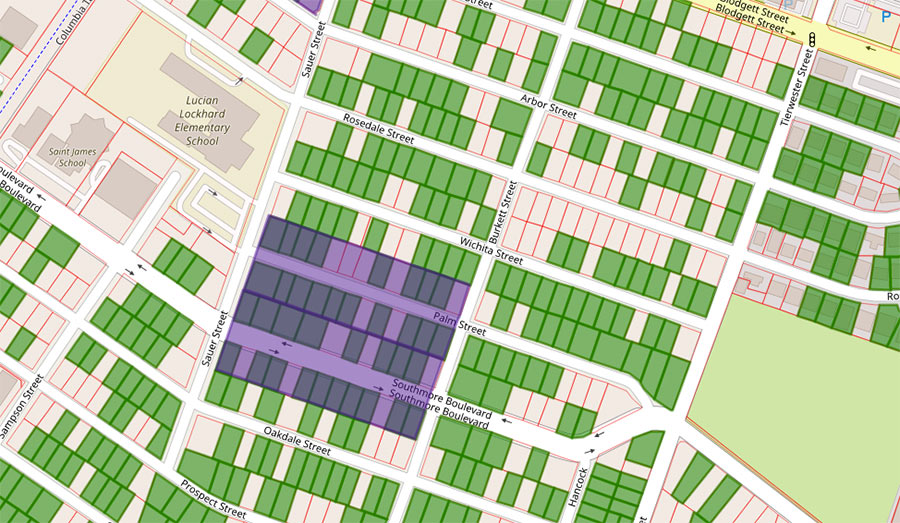 This new map put out by civic-minded data miner Jeff Reichman shows only one thing: which Houston properties are owner-occupied according to HCAD data — they’re indicated in green.
This new map put out by civic-minded data miner Jeff Reichman shows only one thing: which Houston properties are owner-occupied according to HCAD data — they’re indicated in green. 